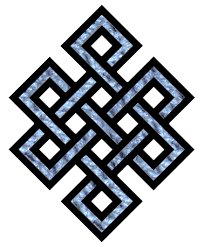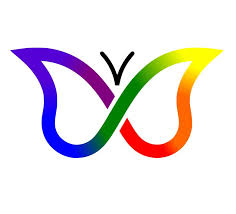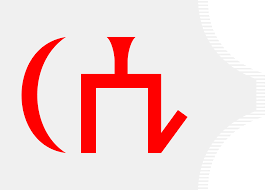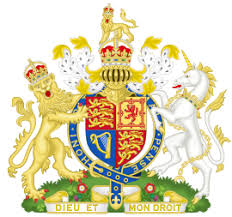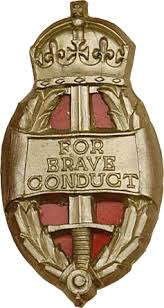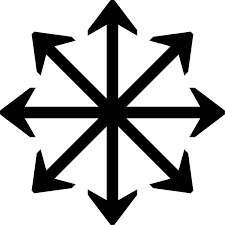
Heart symbol
| Symbol | Heart |
| Origin | The symbolic use of the heart shape traces back to ancient cultures, including the Egyptians and Greeks. However, its modern representation as a symbol of love and affection emerged during the Middle Ages in Europe. |
| Meaning | The heart symbolizes love, affection, compassion, and emotion. It's commonly associated with romantic love but can also represent platonic love, friendship, and familial bonds. |
| Appearance | The heart symbol typically appears as an ideogram in the shape of a symmetrical heart, often depicted with rounded curves and a cleft at the top. |
| Colors | While the heart symbol is often depicted in red, symbolizing passion and romantic love, it can appear in various colors depending on context. Pink symbolizes tenderness and affection, while white represents purity and innocence. |
| Usage | The heart symbol is widely used to express love, gratitude, and affection in various forms, including greeting cards, text messages, social media posts, and as a visual motif in art and design. |
| History | The heart symbol's cultural significance has evolved over centuries, with its roots in ancient civilizations and its modern interpretation heavily influenced by medieval European traditions of courtly love. |
| Popularity | The heart symbol is universally recognized and remains one of the most widely used and enduring symbols in contemporary culture, particularly in expressions of love and emotion. |
| Importance | It holds profound significance in human relationships and emotions, serving as a visual shorthand for expressing affection and empathy across diverse cultural and linguistic boundaries. |
| Complexity | While the heart symbol's basic form is simple, its meaning and interpretation are complex and multifaceted, encompassing a range of emotions, values, and cultural associations. |
| Emotions | The heart symbol evokes a spectrum of emotions, including love, joy, longing, empathy, and compassion, making it a versatile and powerful symbol in communicating human sentiment and connection. |
The heart symbol, though far from anatomically accurate, is a powerful and versatile ideograph recognized across cultures. It transcends its simple shape to represent a wellspring of emotions, primarily love and affection, especially romantic love.
Ancient Origins:
- Used for centuries, the symbol’s exact origin remains debated. Some trace it back to ancient Egypt, while others find connections to plant shapes or even the human heart’s stylized depiction.
Beyond Romance:
- While love is its primary domain, the heart symbol can also represent:
- Compassion and empathy
- Passion and enthusiasm
- The center of one’s being
- The source of courage and strength
Variations and Meanings:
- Different variations of the symbol carry additional nuances.
- A heart adorned with a ribbon might signify love as a gift.
- A heart pierced by an arrow evokes Cupid’s influence and falling in love.
More Than Just an Image:
- The heart symbol is deeply embedded in human culture, appearing in art, literature, and even technology (think emojis!).
- It serves as a reminder of the power of emotions and their ability to shape our lives.


